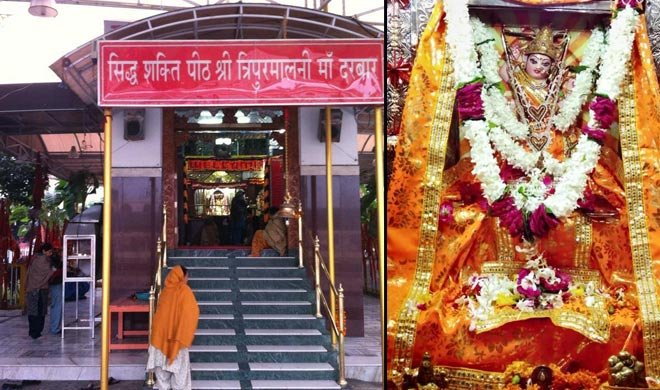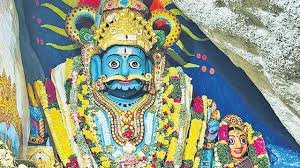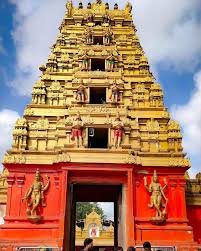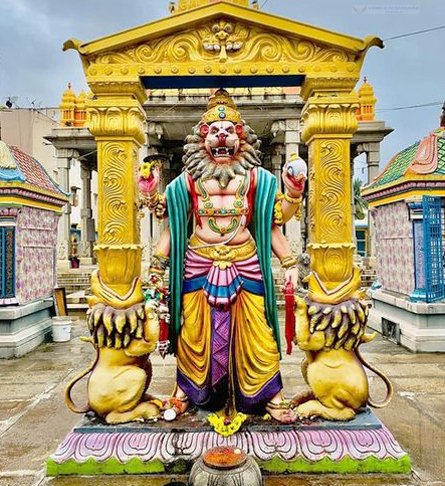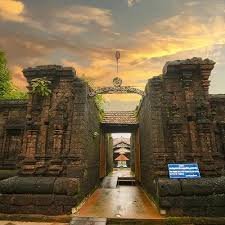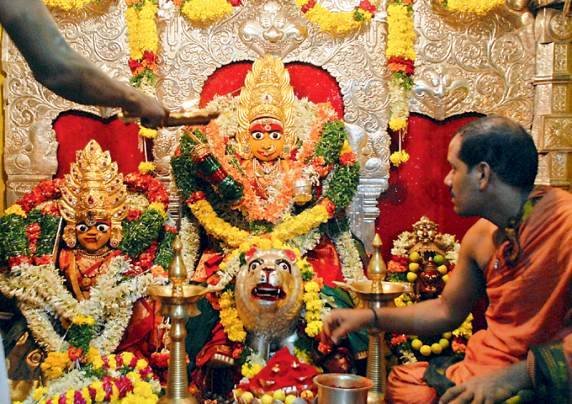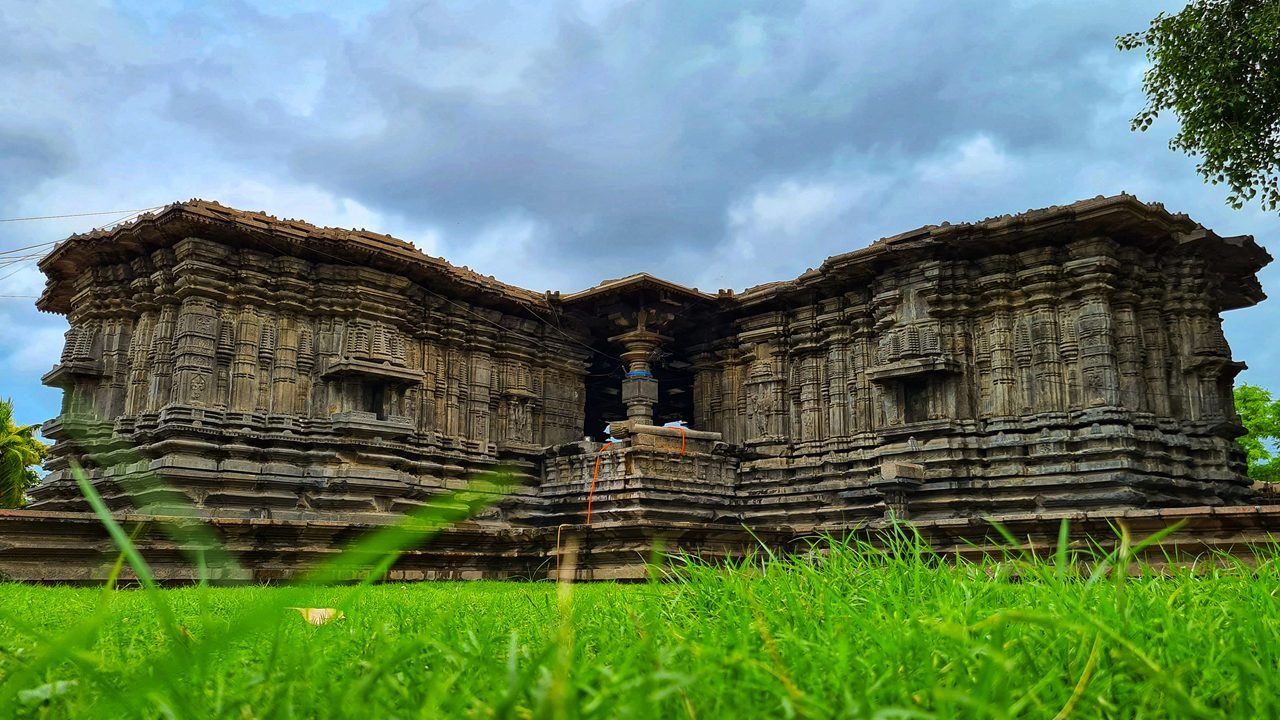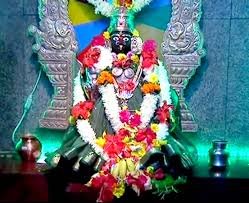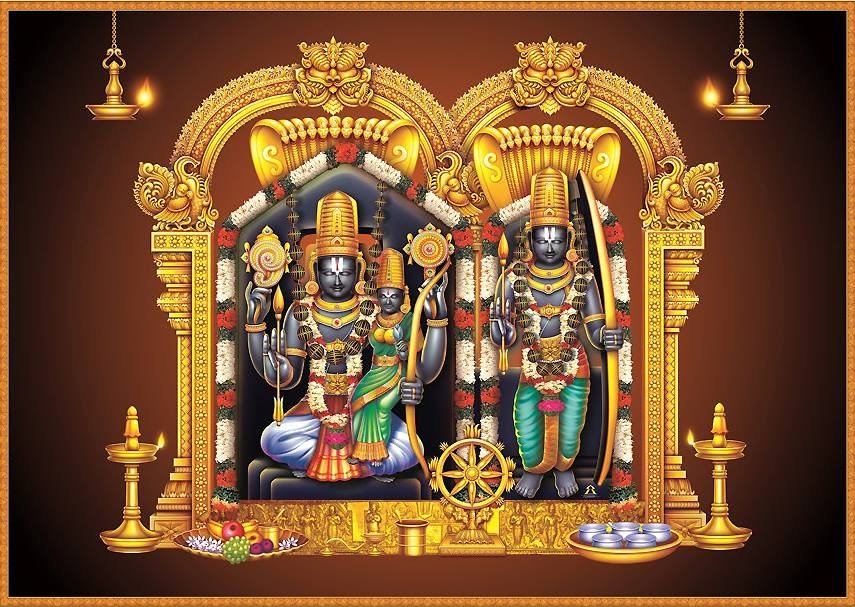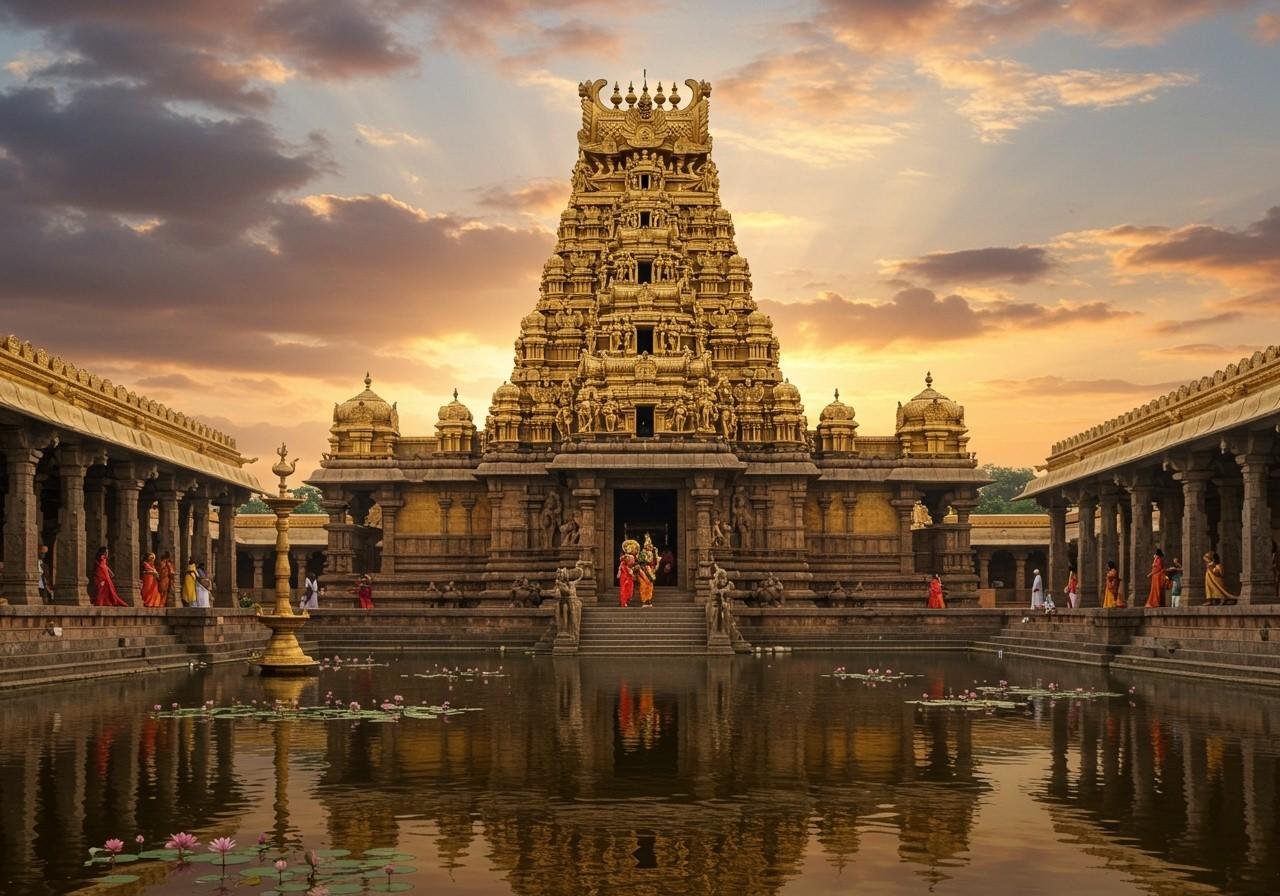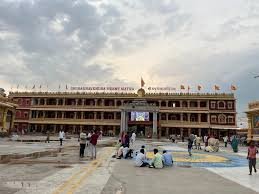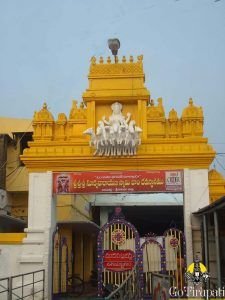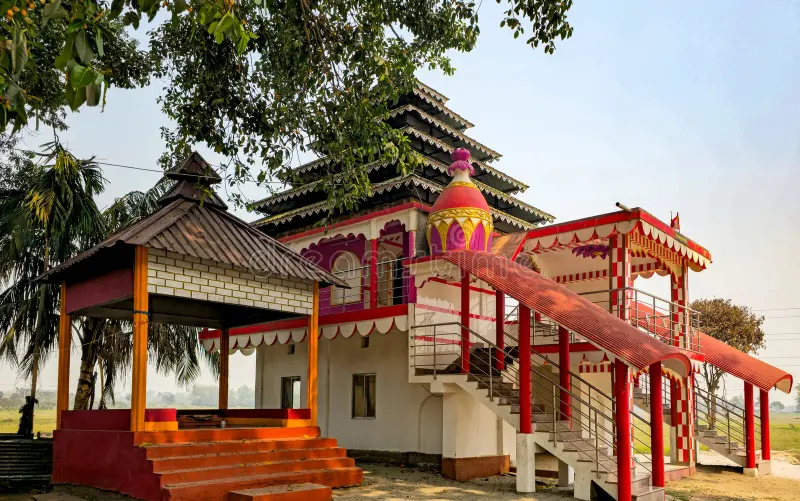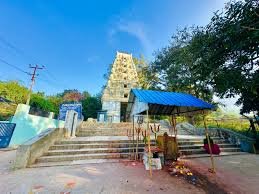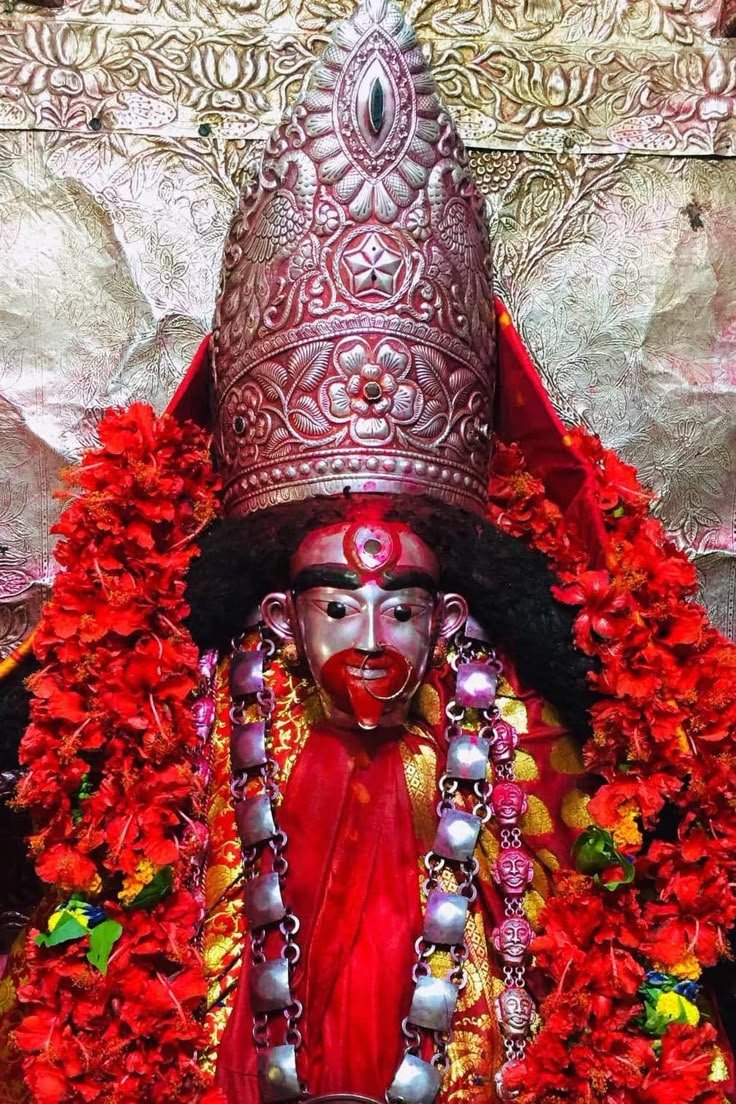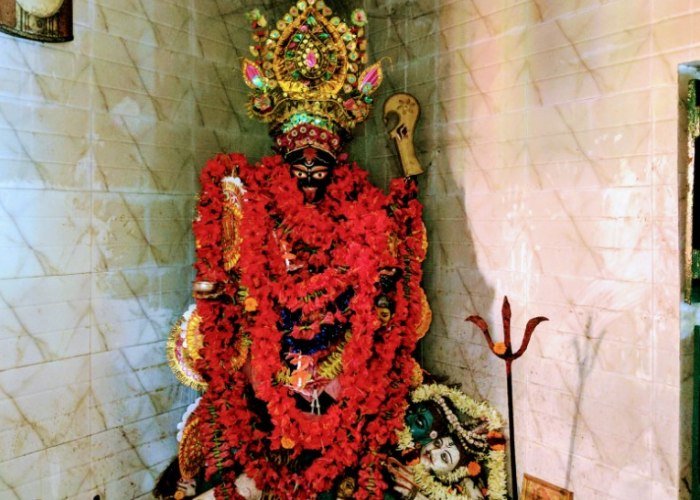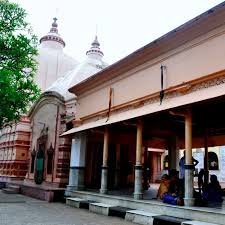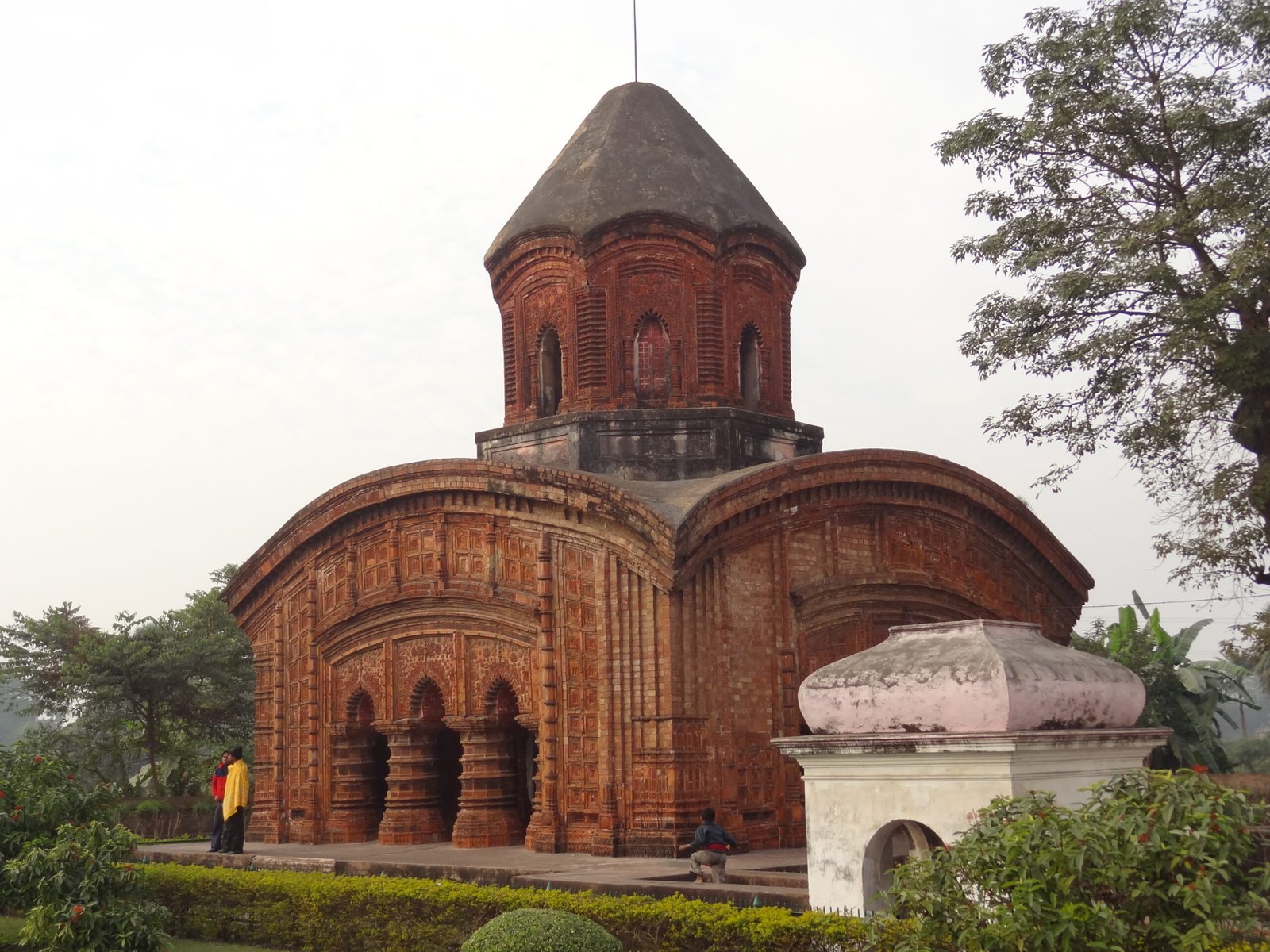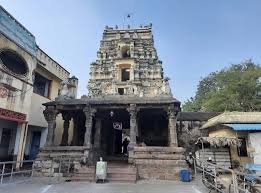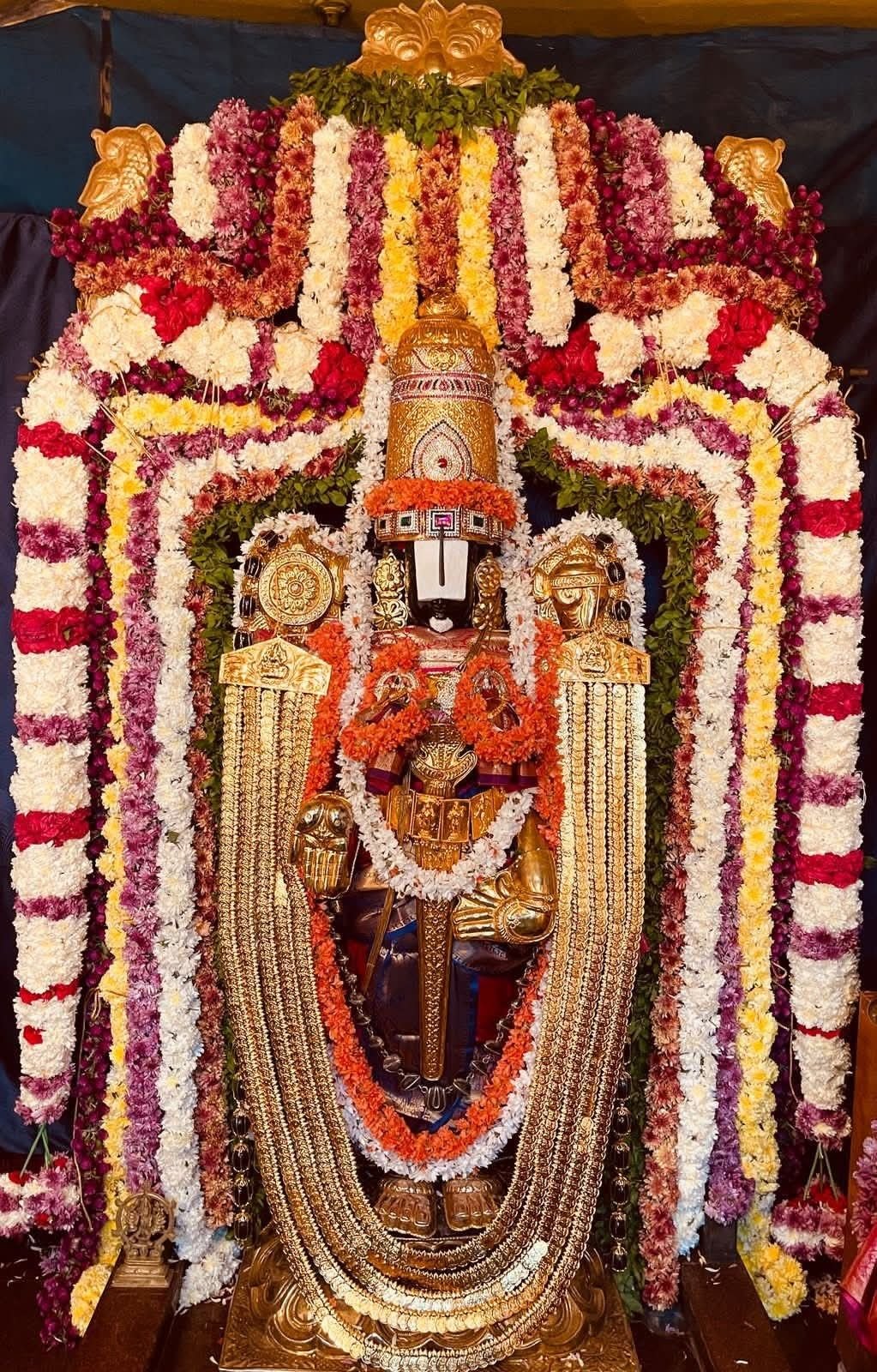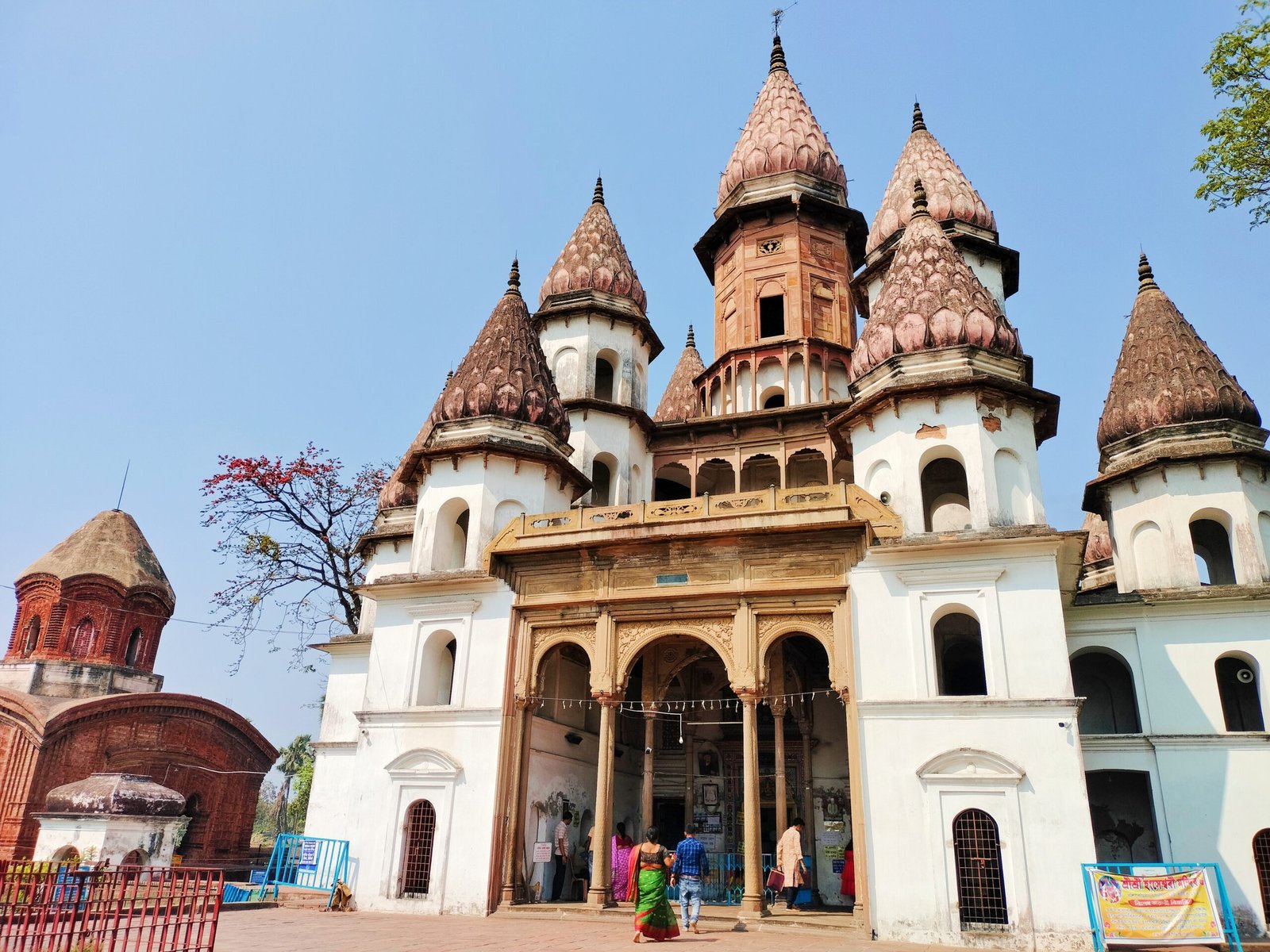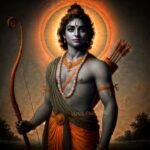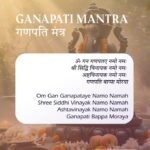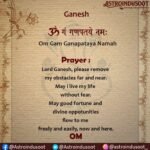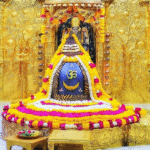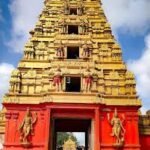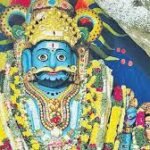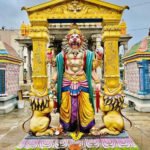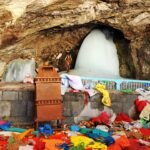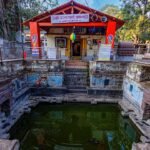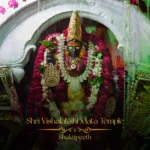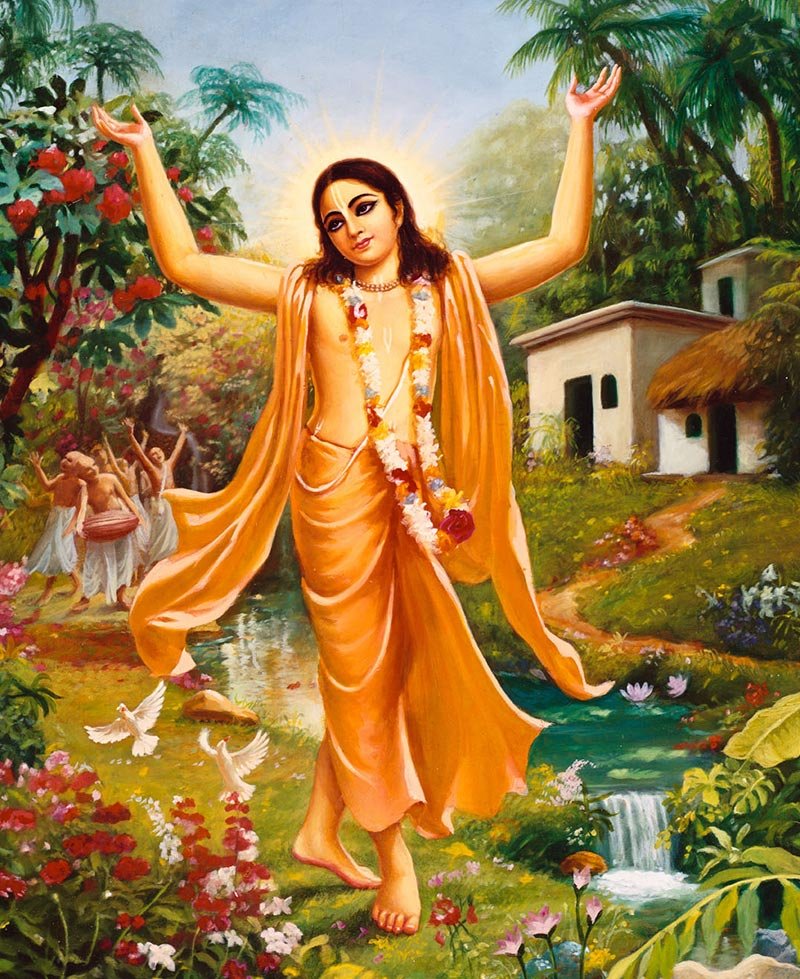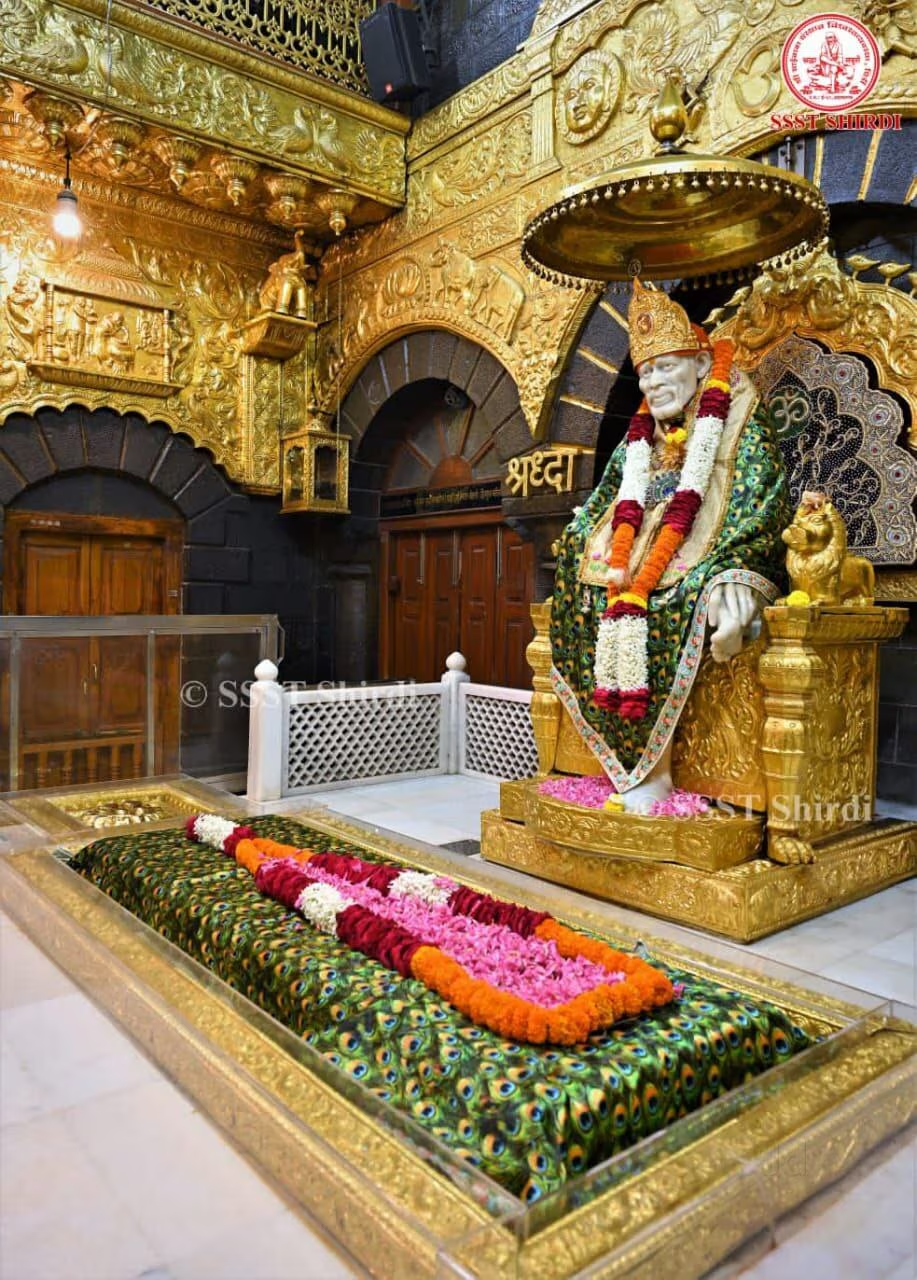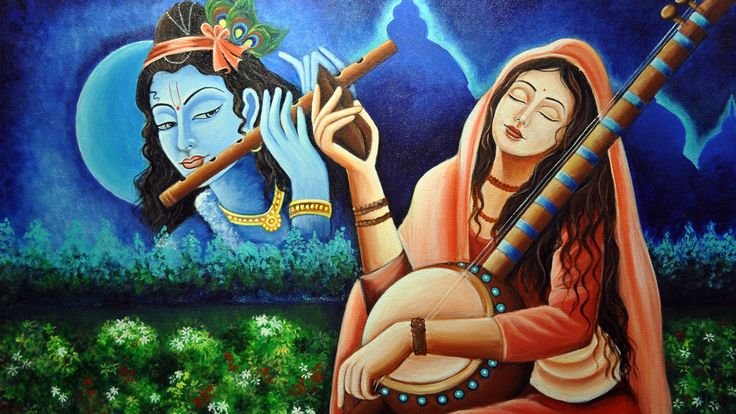
Navaratri that falls two times in a year- one in the month of March is among the major festival celebrated here. Navaratri is celebrated for over 9 days, with some people not eating any type of food that is derived from the soil for these nine days. Special ceremonies and rituals are carried during these days. Another festival that is celebrated with great enthusiasm is the ‘Shivaratri’ and during this day, people keep fast, pour milk on the Shiv Lingam and offers ‘Bail’ (A type of fruit) to the god idol.





Architecture and Temple Structure


The Tripurmalini Shakti Peeth temple showcases a blend of traditional and modern architectural styles. The main shrine houses the idol of Goddess Tripurmalini, adorned with vibrant colors and intricate carvings.
Key features of the temple include:
1. A grand entrance gate (gopuram) with detailed sculptures
2. Spacious courtyards for devotees to gather and meditate
3. Intricate wall carvings depicting scenes from Hindu mythology
4. A sacred water tank (kund) for ritual bathing
5. Separate shrines for Lord Shiva and other deities
The temple complex also houses a Dharamshala for pilgrims to stay and a community kitchen (langar) that serves free meals to visitors.
Temple Timings
